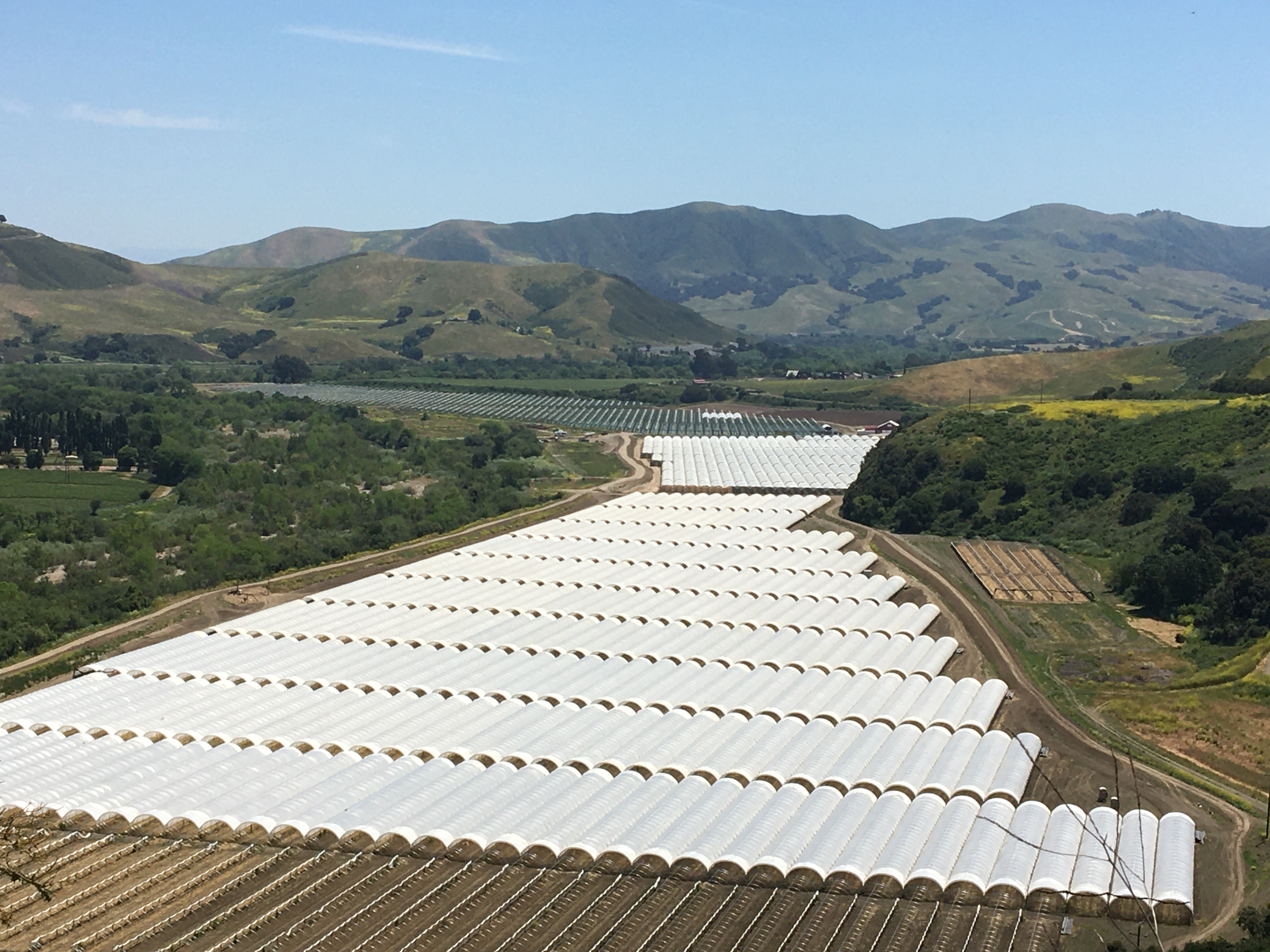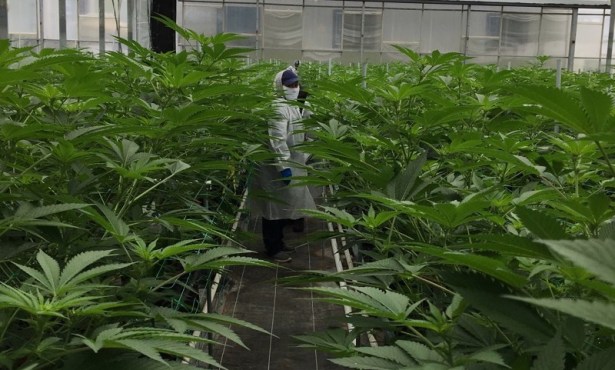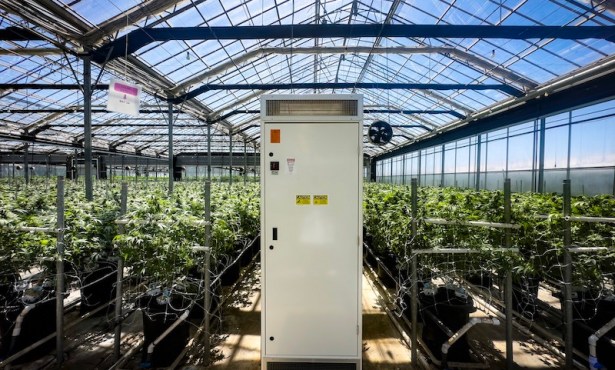Lawsuit Against Hoop-House Ordinance Shot Down
Environmental Review of Changes to Santa Barbara County Ordinance Deemed Sufficient

Judge Thomas Anderle rejected a lawsuit filed by the Coalition for Responsible Cannabis that challenged the adequacy of the environmental review conducted as part of the County of Santa Barbara’s controversial new hoop-house ordinance, passed by the Board of Supervisors last year. The cannabis coalition, represented by attorney Marc Chytilo, argued that the county supervisors so changed the terms of the proposed ordinance from what the county’s Planning Commission initially reviewed and what the Environmental Impact Report had analyzed that additional environmental analysis was needed.
While Chytilo has a history of success with such cases in Judge Anderle’s courtroom, Anderle bought none of Chytilo’s arguments in this case. Chytilo represents vintner Blair Pence, who has been waging an expensive campaign to slow down the spread of what he’s termed unchecked cannabis in the Santa Ynez Valley. Because hoop structures are much used by inland cannabis operators — to reduce solar scorching and conserve water, among other reasons — Pence and the coalition had lobbied the supervisors to impose greater restrictions and zoning requirements on the erection of new hoop houses for cannabis cultivation in the county’s new Hoop Structures Ordinance.
Get the top stories in your inbox by signing up for our daily newsletter, Indy Today.
Traditionally, hoop houses have escaped the scrutiny of county environmental review on the grounds that they are agricultural implements and ag is generally exempt. But in recent years, the county has seen a significant proliferation of hoop houses — not just more, but bigger, too — fueled by an increase in berry production as well as cannabis cultivation. The visual intrusion caused by these new hoops sparked a demand for the new ordinance.
The trick confronting the supervisors was that cannabis is not defined as an agricultural product, meaning it does not enjoy the same exemptions from environmental review that ag products do. Members of the County Planning Commission — after many meetings — approved ordinance language that would have created higher hurdles for cannabis operators to clear than the final measure adopted by the Board of Supervisors.
At issue — according to Pence, his coalition, and Chytilo — was whether the public had been given adequate opportunity to comment on the changed ordinance language. They also alleged the environmental analysis was factually inaccurate and understated the potential problems associated with hoop houses. Anderle ruled the environmental scrutiny provided to the new ordinance was more than adequate, meaning that, for the time being, the ordinance stands.
Some in the cannabis industry say the ruling could set a significant precedent in their favor because many of Pence’s appeals against other cannabis operations are rooted in the same legal logic. Chytilo stated only that the legal standard Anderle deployed was not correct. It remains to be seen, he added, whether he and the coalition will file an appeal.
Every day, the staff of the Santa Barbara Independent works hard to sort out truth from rumor and keep you informed of what’s happening across the entire Santa Barbara community. Now there’s a way to directly enable these efforts. Support the Independent by making a direct contribution or with a subscription to Indy+.



